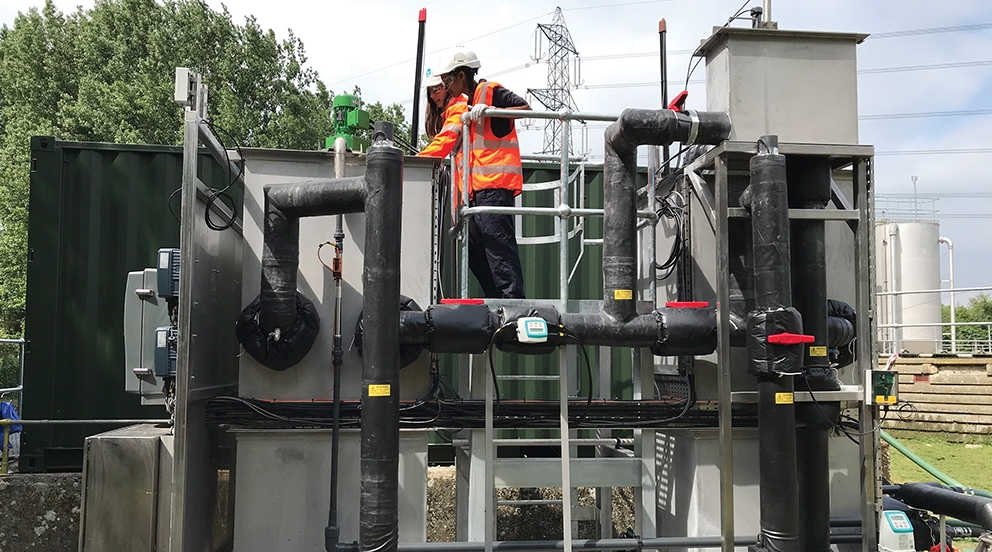Smart bugs grown in America could help Thames Water tackle population growth by allowing it to treat more wastewater at its existing works.
Billions of the non-genetically modified micro-organisms have crossed the Atlantic with a super-sized appetite for ammonia, eating the toxic pollutant as it passes through the sewage treatment process as part of an innovative trial in Sherfield-on-Loddon, Hampshire.
If successful, the new method of removing the noxious compound from the waste water process could be rolled-out wider across the Thames Valley and London, where population growth is twice the average for the rest of the country.
As part of its future business plan, Thames Water has dedicated an additional £1.1 billion for activities to protect and enhance the environment, including an 18 per cent reduction in pollutions and a commitment to generate enough renewable energy to power 115,000 homes.
Eve Germain-Cripps, wastewater research, development and innovation manager, said: “We need to innovate and invest ahead of time to ensure we have capacity for more people in the future. These hungry smart bugs feed on ammonia and are speeding up an essential process for us. They were literally made to do this job.
“We’re always looking for new ways to be more efficient and resilient in the way we care for the precious environment in which we operate, while managing the impacts of climate change and population growth, and I’m excited to find out if the bugs still have the same appetite when the temperature drops over the winter.”
Traditional use of bacteria to remove ammonia from the wastewater treatment process is less effective in colder months. The highly-concentrated US-smart bugs, grown by Microvi Biotech, are expected to be more resilient and not drop the pace, potentially consuming double the amount as the current treatment. The trial started in June and results so far have been positive, meaning the company could soon be able to treat more wastewater within its existing infrastructure.
Housed in a capsule made advanced polymers, they currently eat the ammonia as it flows through a research and development miniature plant in Sherfield-on-Loddon. In total, Thames Water safely removes 4.4 billion litres of wastewater from 15 million people – every day, 365 days a year.
As part of its draft £11.7 billion business plan for 2020-25, the company proposes to invest record amounts on improving resilience, service and efficiency, as well as providing more support for customers in vulnerable circumstances.




